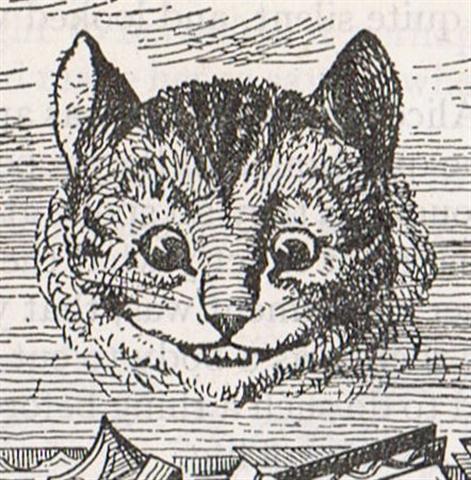5. Allen: "Spica signifies, and marks, the Ear of Wheat shown in the Virgin's left hand - Aratos wrote 'in her hands'; Vitruvius and Hyginus, 'in her right hand' - when she was thought to be Ceres. All the Romans called it thus. Cicero saying Spicum, and their descendants, the modern Italians, Spigha; the French have l'Epi. In Old England it was the Virgin's Spike, and even Flamstead thus designated it. For at least twenty-five centuries, and among all civilized peoples, the Latin word, or words of similar import, has obtained; although Smyth mentioned an attempt before his day to secure for it the illustrious name of Newton." A good idea, the last, because according to myth Newton became aware of the force of gravitation through a falling apple. "(..) Sir Isaac Newton, renowned inventor of the milled-edge coin and the catflap!' 'The catflap! A device of the utmost cunning, perspicuity and invention. It is a door within a door, you see, a ...' 'Yes,' said Richard, 'there was also the small matter of gravity.'
There should always be a contrary force (a door within a door would contradict the opening), and something must therefore let apples form up high. OgotemmÍli had an idea: ... 'The rays drink up the little waters of the earth, the shallow pools, making them rise, and then descend again in rain.' Then, leaving aside the question of water, he summed up his argument: 'To draw up and then return what one had drawn - that is the life of the world.' Spica surely can represent the downfall to Mother Earth - in contrast to the rising force generating such things as grapes and apples which are mysteriously maturing above ground. In the Brazilian flag Spica is the only star which is not in the Underworld, instead seemingly representing the equator in the middle of the sky:
The 'dead' straight henua at left in Ga5-30 generates an upwards growing maro string with 2 * 5 + 1 feathers and on the other side of Heze the 'living' bent henua has a hanging down (by the force of gravity) maro string with 2 * 4 feathers October 11 ('one more than 10') is at Spica. Both Spica and Heze are at Mercury places in the text (29 respectively 1), and Father Light (Jupiter) rules both Ga5-30 and Ga5-2 - the 'tree' in Ga6-2 shouldn't be a makoi tree. |


